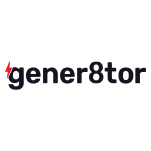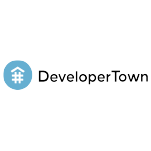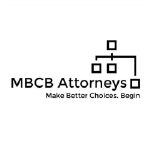PEO FAQs
Using a Professional Employer Organization(PEO) as an outsourced HR partner empowersyour team to focus on growing the core of yourbusiness while we focus on the basic + strategicHR initiatives. Below are a few frequently askedquestions about what it looks like to work with a PEO.
What is a PEO?
A Professional Employer Organization (PEO) handles a company’s HR services through a co-employment relationship. Basically, this means the business continues to oversee business operations and employees while the PEO oversees administrative operations relating to benefits, payroll, human resources, etc.
What is Co-Employment?
Co-employment is a contractual business relationship where the client company is the worksite employer and the PEO is the employer of record for administrative purposes. This means that the client company, as the worksite employer, sets important worksite direction and business decision-making, like allocating the work to be performed and maintaining control of the work environment. The PEO serves as employer of record related to administrative functions like payroll and benefits administration.
How does a PEO relationship work?
The PEO and the client company enter into an agreement where certain duties related to payroll, taxes, benefits, and/or human resources are administered by the PEO. The employees retain their current worksite supervisor, policies, and perform their daily functions as they would with or without the PEO. Most often, the only time an employee will think of the PEO their company is partnering with is when they review their pay stubs or need a verification of employment for a loan.
Who uses a PEO?
Companies all over the world, in almost every industry, can use a PEO. It’s a functional outsourcing relationship, similar to outsourcing your accounting or other non-essential functions, to allow your business to focus on its core operations.
What is included with a PEO’s services?
Services usually include human resource management, benefits, compliance, etc., but each PEO has their own offerings. For FullStack, services include payroll processing, tax remittance, benefits administration, worker’s compensation administration, unemployment administration, and HR administrative support – which includes forms and templates, as well as advice and consultation on employment-related matters.
Why outsource HR services?
The bigger question is, why shouldn’t a company outsource? Companies need the ability to focus on their main functions; outsourcing frees up valuable time and resources for growth and scaling. Partner with experts in human resources, benefits, payroll, etc – industries a company might not know in order to leverage talent and grow your business.
If I use a PEO, do they have to process my payroll?
Yes, the payroll is processed by the PEO. This allows the PEO to seamlessly offer a suite of benefits related to insurance, risk management, etc. while having the appropriate payroll-related records that are important to those functions of your business.
Who pays the taxes in a PEO relationship?
The PEO pays relevant taxes and wages on the given frequency decided; however, it is the client company’s responsibility to make the funds available to the PEO on a timely basis to pay for the costs as part of the contractual relationship.
Who is responsible for compliance?
The worksite employer (client) is responsible for providing a safe work environment that is compliant with all relevant rules, laws, and regulations. The PEO is responsible for complying with relevant laws related to the outsourced HR functions, and to help provide guidance to the worksite employer for best practices.
Is there a national organization for PEOs?
Absolutely, NAPEO (National Association of Professional Employer Organizations), of which FullStack is a member. In fact, NAPEO has their own FAQ page.
Trusted By Industry Leaders




